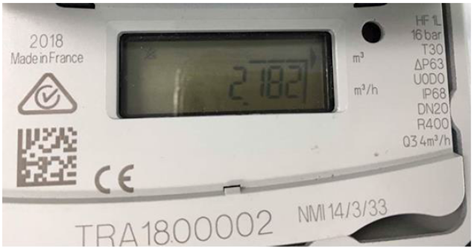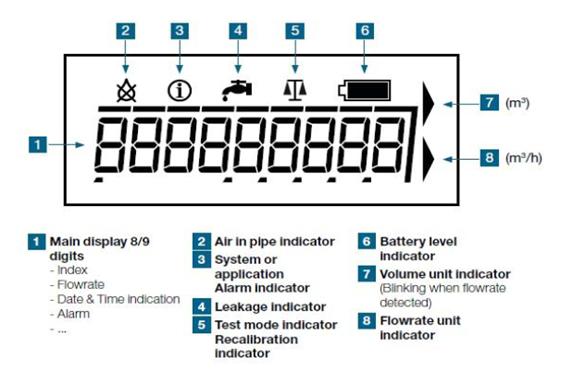We're installing smart water meters in parts of Christchurch and Banks Peninsula. This is a major step toward improving our city’s water infrastructure and supporting responsible water use.
Smart meters provide detailed water usage data, allowing the Council to better understand consumption patterns and manage resources more effectively, helping us find public leaks and meet our targets for reducing water loss, and inform things like water restrictions and water conservation efforts.
The real-time data can help identify leaks on properties, potentially saving residents money and preventing water wastage.
Smart meters use ultrasonic technology to measure water flow, and a low-power radio frequency to communicate that information to receivers built into the Council's street lighting network. Because smart meters send data automatically, we will no longer need to send someone to manually read mechanical water meters every three months. Smart meters are silent and won’t interfere with any electronic items you may have at your property. To read your meter, open the flip-up lid to show your property’s current reading. After about 12 seconds the meter will start to cycle through other measurements. If you miss your reading in the first 12 seconds, simply close and reopen the lid for the display cycle to start again. The water meter will display your property’s water use in cubic meters (m3), this is a unit of 1000 litres. There are up to nine digits displayed on the screen when you first open the lid – six digits to the left of the decimal point, and three digits to the right. When we read your water meter, we only record the digits to the left of the decimal point. The meter below is showing ‘2.182’ and a little black triangle on the screen is pointing to ‘m3’ (cubic metres) printed on the right-hand side. This means 2182 litres have been used. If a leak has been identified by the water meter it will be displayed on the screen. Refer to item 4 below. The meter is usually located on the berm or footpath outside the property, but sometimes it can be on private property. If we need to replace your mechanical meter with a smart meter, it will be at no cost to you. For us to install your new smart meter, we’ll need to turn off your property’s water supply for a period. For standard water meter replacements, we’ll knock on your door first to check whether anyone is on the premises and let you know the water will be turned off. If no one is there we’ll usually carry out the replacement. In general, these replacements require the water to be turned off for about an hour. If your property currently has a water connection but no water meter installed, then we will install a new smart water meter to accurately measure your water consumption. If your property has a commercial water connection, then we will contact you to arrange an installation date that suits you. If the water meter is located on your property, we may need to replace the water meter box as well. This sometimes causes a small amount of disturbance to the area around the box. If we think the works are going to cause any major disturbance, we’ll talk to you first. If you have any questions about installation, please email SmartWater@ccc.govt.nz or phone 03 941 8999. Opting out of having a smart water meter is not an option. Installing smart water meters is essential to managing the Council's water network more effectively. We ensure meters are appropriately sized for your household’s water demand and that they won't impact your water pressure. Smart water meters provide valuable data that supports early leak detection, improved visibility of daily water use, and more efficient management of demand across the whole city. Remember, undetected leaks can occur, even for responsible water users - smart meters can help identify such issues early, potentially saving water and reducing costs.
Example

Leak display
 As part of this project, we're developing a customer portal which will allow you to access and monitor your own household's water usage data online. Once we've completed the installation programme, we'll let you know when the portal will get up and running, what it will offer and how you can access it.
As part of this project, we're developing a customer portal which will allow you to access and monitor your own household's water usage data online. Once we've completed the installation programme, we'll let you know when the portal will get up and running, what it will offer and how you can access it.
Work programme
| Year | Area | Number of meters | Status |
|---|---|---|---|
| 2024 | Travis Country and Rāwhiti | 1200 | Complete |
| 2025 | Akaroa | 1000 | Complete |
| 2025 | Brooklands-Kainga | 500 | Complete |
| 2025 - 2026 | Governors Bay, Lyttelton, Diamond Harbour, Duvauchelle and industrial parts of Heathcote | In progress - installation currently underway in Governors Bay and Heathcote | |
| 2027 - 2028 | Riccarton, Hackthorne, Ferrymead and parts of Banks Peninsula | Planning |
